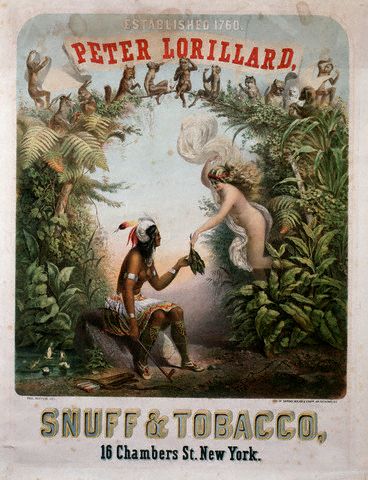This week FOX commentator Melissa Francis was brought to tears while trying to defend Trump’s assertion that “many sides” were to blame for the fatal violence in Charlottesville, VA during a white supremacist, anti-Semitic, pro-Confederacy demonstration and counter-demonstration. She was challenged by two of her fellow panelists who argued that Trump was drawing a false equivalence to suggest that each side was responsible. Oddly, Francis took their comments on Trump personally, began to cry, and said this:
I am so uncomfortable having this conversation… because I know what’s in my heart and I know that I don’t think that anyone is different, better, or worse based on the color of their skin. But I feel like there is nothing any of us can say right without without being judged!
At this point, a fellow FOX commentator, Harris Faulkner, who is African American, interrupted to console her:
You know Melissa, there have been a lot of tears… It’s a difficult place where we are… [but] we can do this. We can have this conversation. Oh yes, we can. And it’s okay if we cry having it.
But is it okay for white people to cry in the midst of conversations about racism?
Education scholar Frances V. Rains has argued that it is not okay. In her essay, Is the Benign Really Harmless?, Rains discusses several types of reactions white people frequently have to difficult conversations about race, ones that undermine meaningful progress. In one, she talks about white people’s tears.
When a white person cries in response to frank discussions of racism, Rains explains, it derails the conversation, refocuses the attention on the white person, and holds anti-racist speakers accountable for attending to his or her feelings. The most important thing in the room, in other words, becomes a privileged person’s hurt feelings, not generations of systematic racial oppression, exploitation, and violence.
This is exactly what happened in the clip above.
- The panelists were debating whether Trump’s comments amounted to a false equivalence that was supportive of racism and anti-Semitism.
- A white woman rejects the notion that Trump’s comments endorsed bigotry.
- When some disagree, she cries and begins discussing what it feels like for her personally to be having this conversation.
- The conversation turns away from racism, anti-Semitism, and the possibility that the President of the United States is a Nazi sympathizer, and toward the white woman and her feelings.
- Her discomfort become the problem to be resolved.
- A member of the disadvantaged group steps in to comfort her.
This is just as Rains would have predicted.
Amazingly, an earnest conversation about oppression turns into an opportunity to give solace to the oppressor… and it’s a member of the oppressed who must do the comforting.
Lisa Wade, PhD is an Associate Professor at Tulane University. She is the author of American Hookup, a book about college sexual culture; a textbook about gender; and a forthcoming introductory text: Terrible Magnificent Sociology. You can follow her on Twitter and Instagram.








